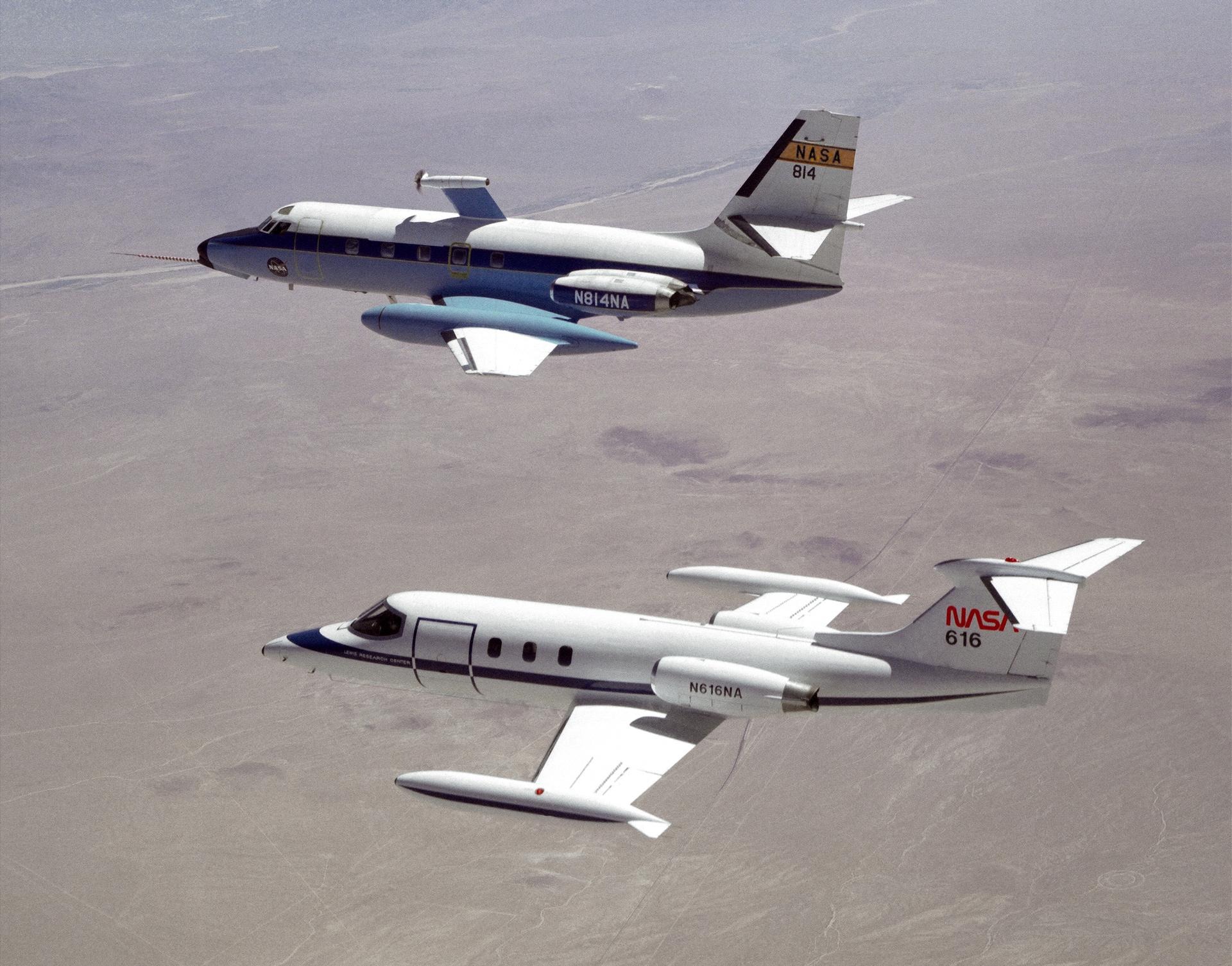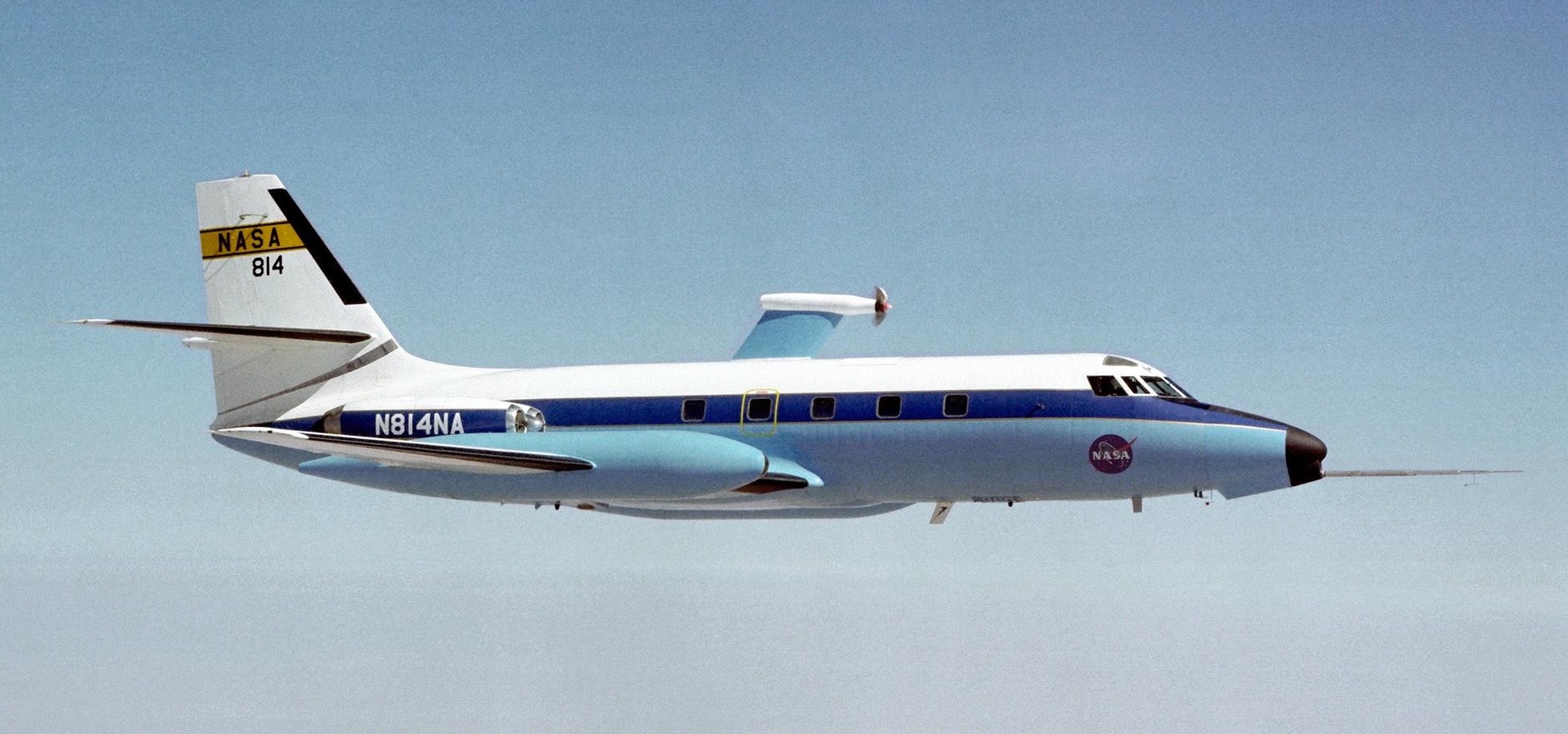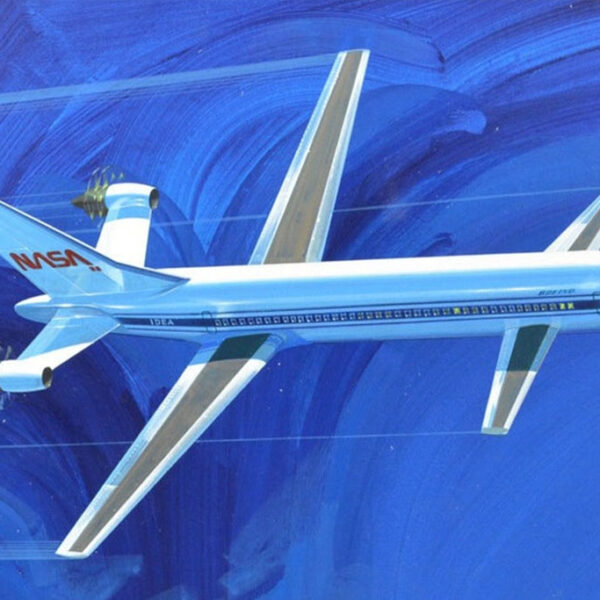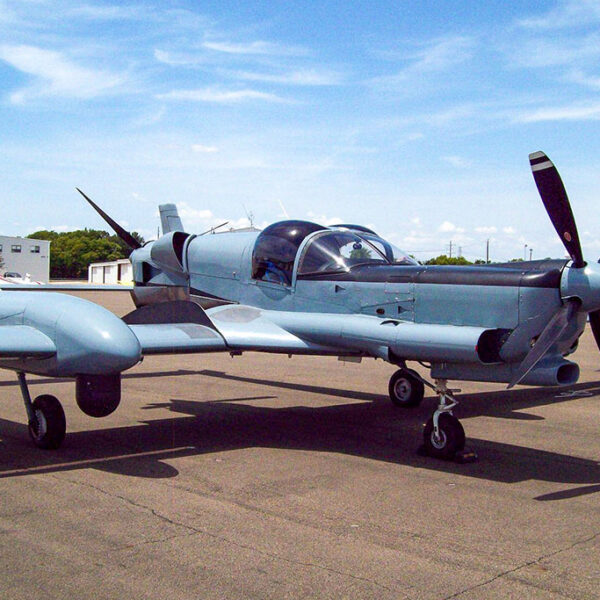NASA Lockheed Jetstar

Originally designed as one of the first purpose-built business jets, the Lockheed L-1329 Jetstar cast a formidable shadow even before the installation of NASA’s experimental equipment. Unlike most business jets, the Jetstar utilized four engines – and it did so with the unique rear-mounted arrangement seen here.
The four-engine, rear-mounted engine layout has only been utilized by aircraft designers a handful of times. Most notably, the British Vickers VC-10 and Russian Ilyushin IL-62 airliners shared the same arrangement. Ultimately, the advent of larger, more powerful, and more efficient turbofan engines enabled each aircraft category to use fewer engines to achieve even better performance.

The Jetstar seen here, a repurposed US Air Force C-140, was utilized by NASA as a “General Purpose Airborne Simulator” for various experiments. The dorsal engine mount in this photo enabled the analysis of an advanced subscale propeller. Using microphones mounted within the Jetstar and on a Learjet flying in formation, engineers studied the effects of noise created by advanced propeller designs.

Three different propeller designs, some using swept-back blades, were studied at NASA’s Dryden Flight Research Facility in 1981-1982. The overall design goal was to determine whether the designs could achieve jet-like speeds of Mach 0.8 while consuming 20-30 percent less fuel than existing jet engines.
While “unducted fan” engines were developed further through the 1980s, factors such as noise, vibration, and cost prevented the concept from achieving production and wide-scale use.





